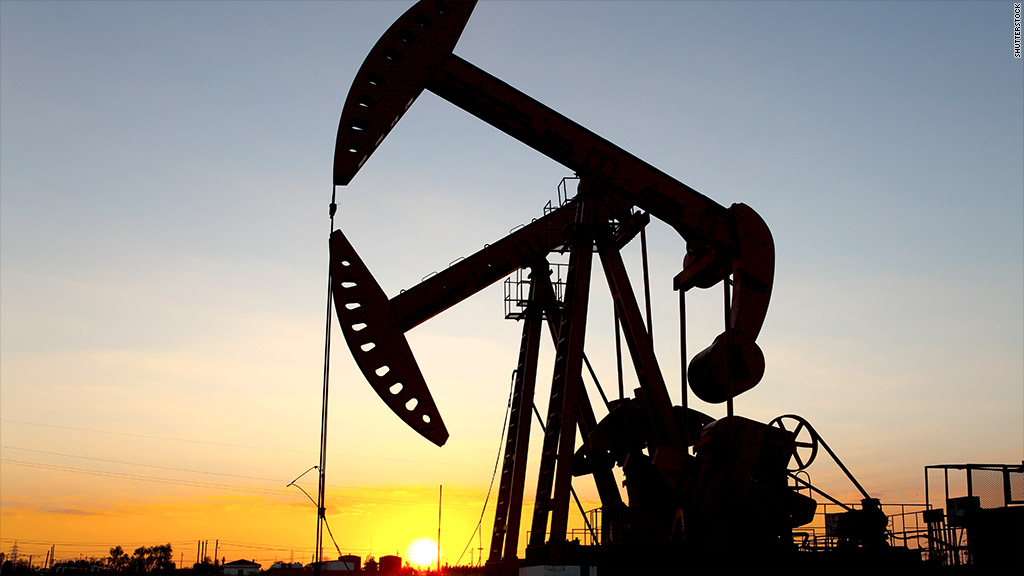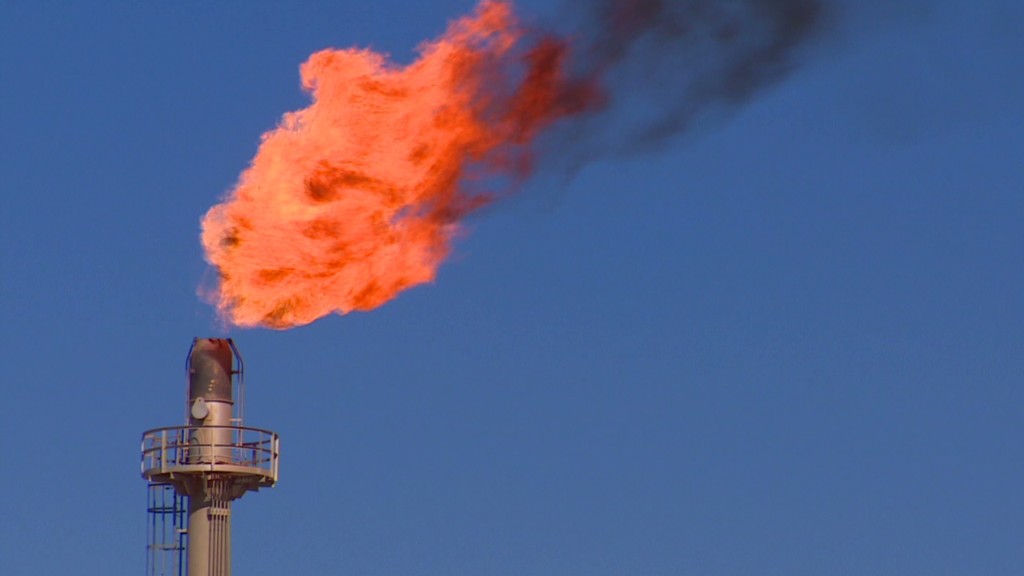
Oil prices may be surging above $100 a barrel now, but in the next few years they could be averaging closer to $70.
There's an old adage in the oil industry: The best cure for high prices is high prices. Soaring prices lead to new investment, bringing new supplies to market. And that's exactly what's been happening since crude prices went off to the races nearly a decade ago.
Oil at $100 a barrel helped attract the huge sums of money that's made possible the shale revolution in the United Sates, oil sands development in Canada, and ultra deep water production from the Gulf of Mexico and offshore Brazil.
It's also spurred conservation. U.S. vehicles are 23% more efficient than they were in 2007. Throw in rising production from Iraq and slowing Chinese demand growth, and it's possible the world will soon be, once again, awash in oil.
"It would be a mistake to assume that the oil price euphoria of 2007-2008 will not, at some point, be followed by a long-term adjustment similar to the 1980s oil price collapse," Amy Myers Jaffe, executive director of energy and sustainability at University of California, Davis, wrote in a blog post earlier this month.
Related: Beware dire predictions on Obama's war on coal
Oil prices did collapse in the 1980s, following huge investments made in the 1970s in response to that era's high prices. Jaffe argues the collapse would have already happened, were it not for the easy monetary policies that's kept cash cheap and easily accessible for investors over the last few years.
She thinks oil in the $50 to $70 range will be the new norm in three to five years, and even sees $30 a barrel if the market over-corrects.
Jaffe's prediction may be one of the most bearish out there (or bullish, if you're a driver). Many of the big investment banks still have medium-term price projections for oil in the $100 vicinity.
They argue that an improving economy will foster greater demand, that new production needs at least $70 a barrel to be economical, and that if prices ever did drop below $70, people would use so much more of it that prices would soon rebound. But not all banks think this way.
Citigroup has a current price target of oil in the $80-90 range by the end of this decade, citing all the new production and greater emphasis on conservation.
Trevor Houser, an analyst at the Rhodium Group, also thinks oil prices will fall.
Houser cites a Bloomberg poll of oil analysts showing the median oil price projection going from $108 in 2014 to $95 in 2017. He points to the futures market, where oil for 2017 delivery currently trades for under $89 a barrel.

He also notes the latest annual outlook from the International Energy Agency, which shows rising production from the U.S., Canada and elsewhere displacing OPEC barrels in the market.
OPEC may try to cut production to keep prices high, but there's serious questions as to whether all its members, cash strapped and now highly dependent on lofty oil prices, would abide.
Even if OPEC did cut, the mere specter of that oil being available in the ground if needed could send oil prices even lower than the current futures market suggests.
"In our view there is considerable downside risk to current prices," said Houser. "If cartel cohesion breaks down and members produce more than the IEA forecast suggests, prices will be even lower."


